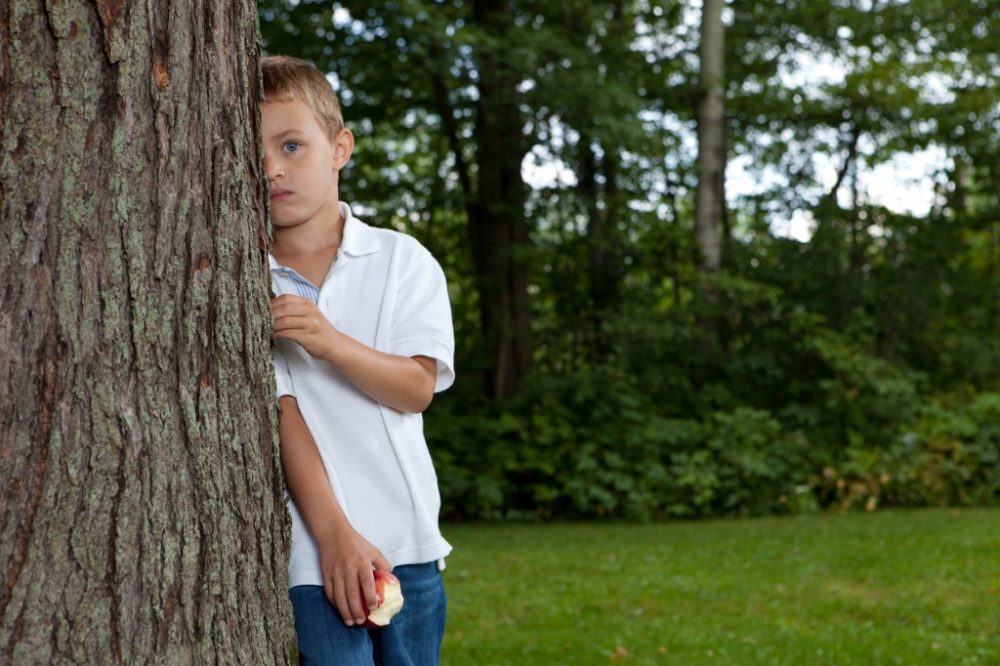As discussed in last month’s blog ‘Introducing Body Safety to Young Children: Part 1’ it is essential that every parent takes the time to educate and empower their young children about keeping their body safe.
Whilst Part 1 details the specific information that you should impart to your child, it is important to recognise that effective protective behaviour conversations are not just a matter of “relaying information”. In order to truly empower your children, you need to develop their problem solving skills by:
- Providing opportunity to practice responding to unsafe situations;
- Helping them to establish the physical cues which indicate an unsafe situation;
- Establishing and recording five trusted adults they can go to.
Practice Responding to Unsafe Situations
Given that we ultimately want our children to respond to unsafe situations by shouting a big ‘no’ and running and telling someone, it’s important to get them to practice doing so. Propose some scenarios to your child and get them to say ‘no’ out loud in a big, confident voice. This is particularly important for very young children where simplicity is key.
However, for children aged 4 and above, it is also important to develop a sentence that they might use whenever they feel uncomfortable. For instance, you might get them to practice saying “Please don’t do that I don’t like it” or “Please stop that, it makes me feel uncomfortable”. Again, this helps to build confidence, but also provides a way for them to respond at any point, that someone makes them feel uncomfortable (i.e. during the early stages of the grooming process the behaviour in itself may not necessarily be inappropriate, but if the chid feels uncomfortable then they have the right to say so).
Another important step for older children is to provide them with an alternate means to extricate themselves from a situation. For instance, you might explain to your child that if they ever feel concerned or uncomfortable it is ok to use an excuse to get away from the person or to leave a room. Such examples include saying “I have to go now, I’m busting to go to the toilet” or “I think I can hear mum calling”. If your child has a mobile phone then make sure you establish an emergency message, code or sentence they can use, which will privately alert you to a situation where they are uncomfortable, fearful or need you to intervene. Again, practice is key even for older children.
The Physical Warning Signs
It is important that you teach your child about the different ways their body might react, to alert them to unsafe situations or inappropriate behaviour. Physical warning signs can include:
- sweaty palms;
- butterflies in the tummy;
- wobbly legs;
- heavy or stuck feet,
- racing heart; and
- needing to go to the toilet.
Establishing and Recording their Network of Trust
Finally, it is essential that you discuss with your children who are the five adults in their life that they can trust. Using the outline of a hand, write down the names of each of the people whom they can go to whenever they are upset or worried. For younger children who can’t read you might like to include a photo. Make sure you revisit this list as situations change, particularly with the beginning of each new school year. Remind your children that:
- Nothing is ever so awful that they can’t tell someone about it;
- That they must tell one of their trusted adults if someone does the wrong thing, or whenever they are concerned or worried about someone’s behaviour;
- That abuse is never their fault and that they won’t be in trouble;
- That they must tell someone even if the perpetrator has made threats;
- That if they tell someone and that person doesn’t help, then they must keep on telling until someone helps.
Remember in order to truly empower your children, you need to develop their problem solving skills, engage them in conversation, and provide opportunities for them to ask questions and clarify information. Next month we will continue to unpack this confronting topic and focus on the dangers of keeping secrets. In the meantime, further information is available at www.onlyforme.com.au
You may also like to read:
Is my child ready to walk to school?
Introducing Body Safety to Young Children: Part1






